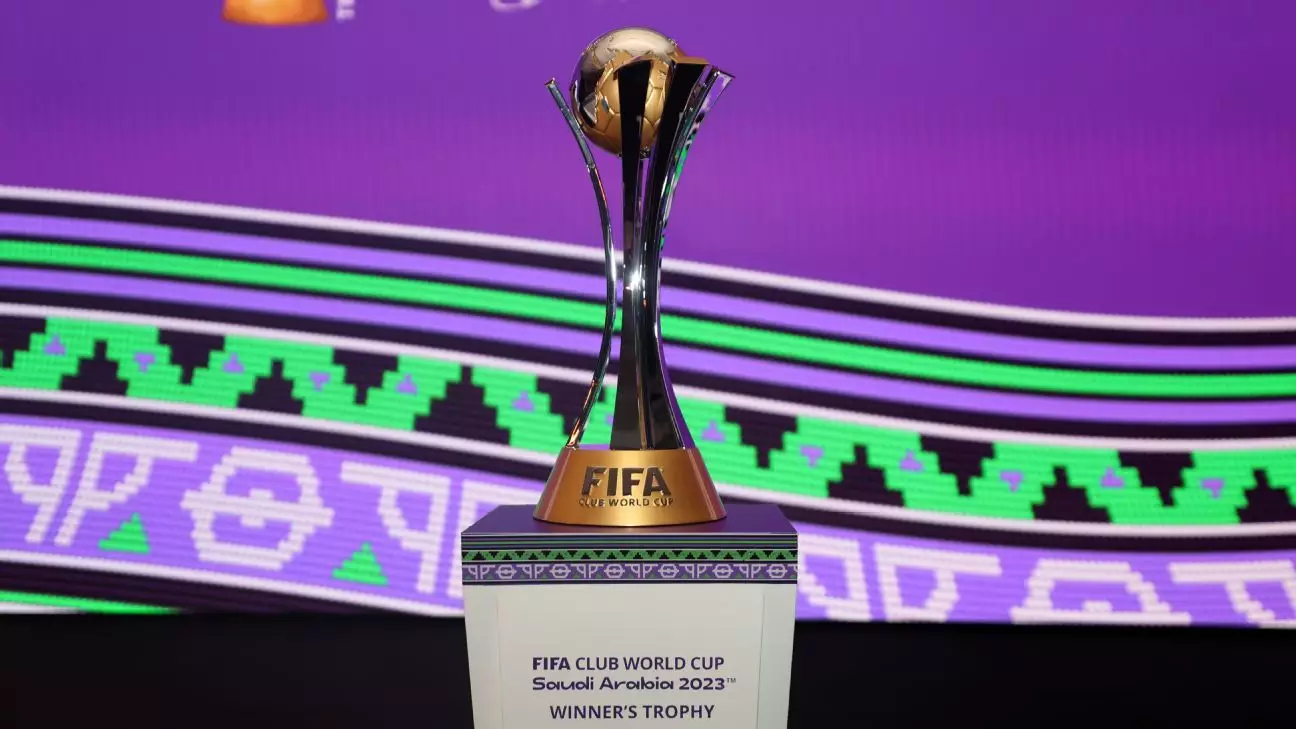The anticipation for the 2025 Club World Cup continues to grow as FIFA gears up to unveil the selected host venues in New York City. Scheduled for June 15 to July 13, 2025, the tournament marks a pivotal moment in global soccer, both for its ambitions and the logistical complexity involved. International soccer’s body revealed that eight prominent stadiums across the United States will play host to this significant event, with the Global Citizen Festival set to showcase the official announcement.
Key locations like the Rose Bowl in Pasadena and Lumen Field in Seattle are included, amid speculation regarding other high-profile stadiums such as Mercedes-Benz Stadium in Atlanta and Hard Rock Stadium in Miami. Each venue selection comes with its own advantages and challenges, especially given the geographical spread that will see games concentrated mostly on the East Coast. This decision appears to be calculated, likely intended to sidestep potential conflicts with the 2025 Gold Cup, which will primarily unfold on the West Coast shortly before the Club World Cup commences.
The simultaneous planning of two major soccer tournaments raises valid concerns about the calendar congestion faced by professional players. With clubs and players already grappling with demanding schedules, the timing of the Club World Cup has attracted criticism from entities within the sport, including FIFPRO and the Professional Footballers’ Association. The Premier League’s apprehensions about summer engagements resonate widely, fearing that international competitions would detract from the club season and player recovery time.
This iteration of the Club World Cup introduces significant changes, upgrading the format from seven clubs to a robust lineup of 32 teams. This dramatic expansion reflects FIFA’s desire to enhance the tournament’s prestige on a global scale, allowing more clubs to engage in this elite soccer experience. European heavyweights such as Real Madrid and Manchester City are set to represent UEFA, while South America’s CONMEBOL will showcase six of its top teams. Meanwhile, it balances participation from other confederations, potentially promoting richer competition and diverse representation.
The 2025 Club World Cup emerges as a landmark event, promising thrilling matches while also highlighting the pressing challenges of contemporary soccer scheduling. FIFA’s ambitions to elevate the tournament significantly could revolutionize how club soccer is perceived on an international stage, yet it must navigate the genuine concerns expressed by leagues and players regarding player welfare and tournament logistics. The outcome will greatly depend on how effectively FIFA manages these elements, ensuring that the 2025 event is both memorable and sustainable in the ever-evolving world of global soccer.

